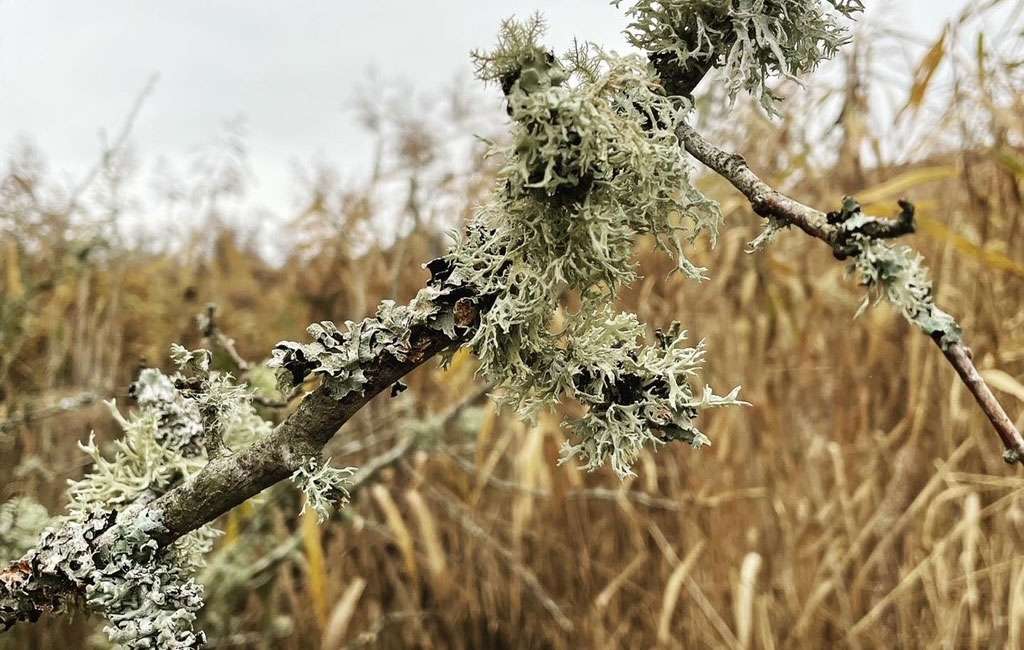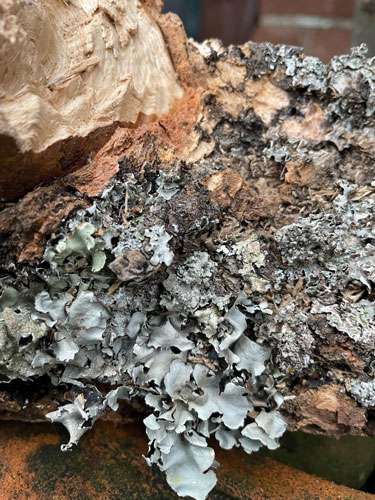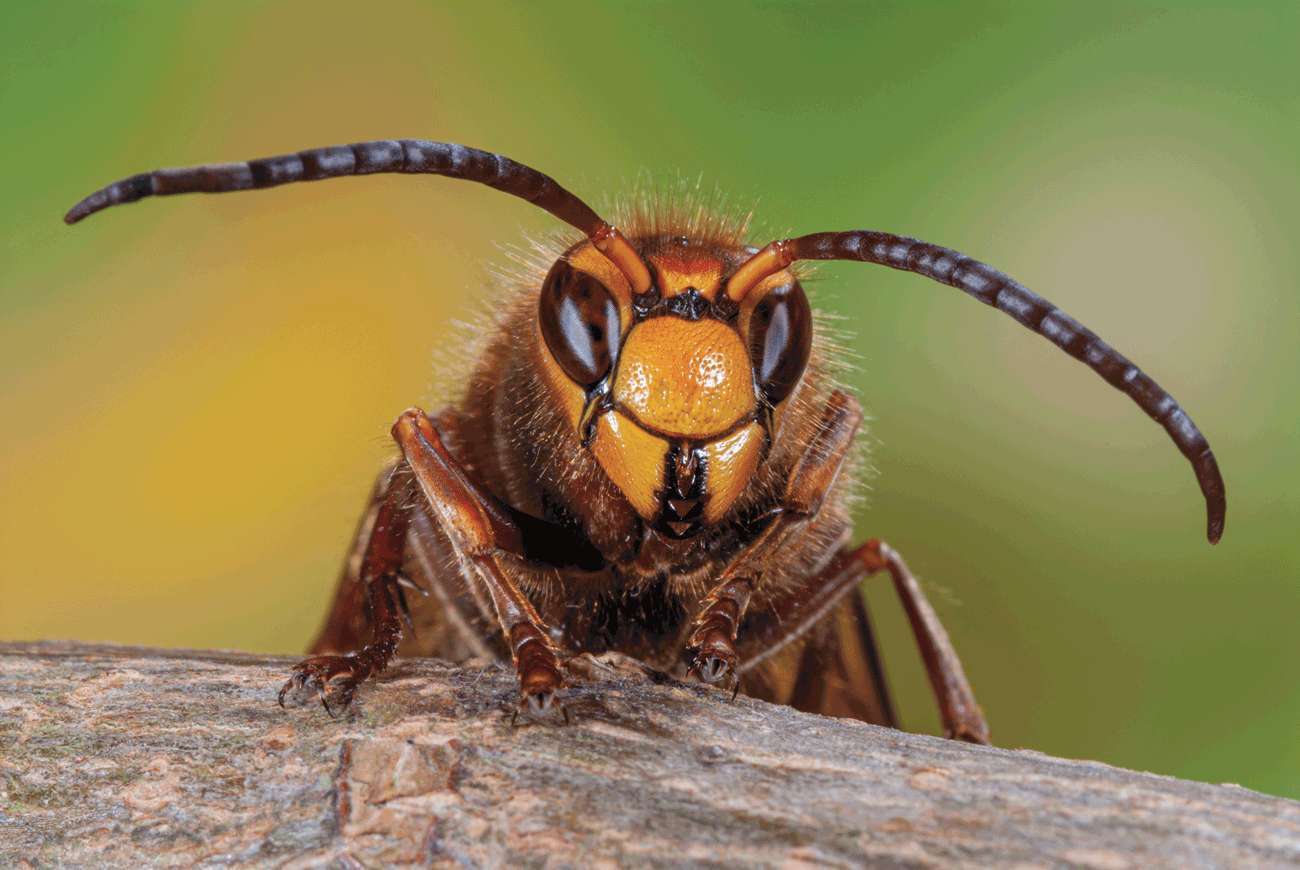
Lichen Photos by Andy Bamford
Mysterious lichen, felled trees and rats; two success stories and a farewell to an old tree.
The deciduous trees are still leafless and on your walks you might pause and study a mysterious organism called lichen – pronounced ‘liken’. It is found in crusty patches or tufty growths, mainly on tree trunks, stones and bare ground. The more you look, the more you see.
When I was of the age to decide on a future career, I seriously considered studying botany. My tutor suggested I started specialising right away as that was the way to get on – and probably because I had read John Wyndham’s book ‘Trouble with Lichen’ I decided I would be a Lichenologist. I was particularly intrigued by the fact that the experts didn’t seem quite sure what lichen actually was. Stating that they are symbiotic associations between fungi and algae doesn’t answer the question. They are a biological enigma – and yet incredibly successful and can be found all round the globe in thousands of different manifestations.
They may also hold the key to how, in the beginning, life started in the sea but then moved on to dry land. Fungi and algae developed in the sea, and it is thought unlikely that either of them could have done that crucial leap without each other. So when you look at lichen, you see the successful result of cooperation between two different organisms. They still rely on each other – but are they now a different, completely separate third organism?
Lichen comes in many shades; orange, brown, black and the most beautiful silvery grey. The earth colours of lichens have been much in demand in the dying of wool – and give some of the traditional tweeds their subtle and popular shades, and responsible for transforming the economy of the Scottish Islands. Originally the pigment needed to be ‘fixed’ with stale human urine – a fact that became obvious when the garment got wet. Not surprisingly, synthetic fixatives are now used.
Lichens are so sensitive to pollution that they are used by environmental scientists to gauge air quality; the more lichen we find, the better the air. There are usually more lichen up in the trees than near the ground, where the heavy pollutants gather. A mature felled tree is a good place to find a thriving lichen community.
A large boundary oak has been felled on Beryl Harvey Fields. As I write this, in mid January, the tree is still lying on the ground – so perhaps you can check out the lichen. I am upset when a large old tree is cut down, for whatever reason. A young hornbeam has been planted nearby and in 100 years’ time it might be mature enough to be a replacement.
I overheard a conversation the other day about rats. The first person maintained he was not going to feed the birds as it encouraged rats. The second person agreed vigorously and said ‘we are never more than a meter away from a rat’. Then they both said something like ‘ughh’ and shuddered. Do rats have any friends? They have been feared, loathed and persecuted for centuries – you might have already decided not to read on any further as the thought of rats makes you cringe. To call a person a ‘dirty rat’ is an insult, or to ‘rat on someone’ means to be disloyal. And yet, rats are not dirty, nor disloyal. They have an extensive daily grooming routine, and it is humans who throw rubbish about. They exhibit empathy, taking care of a sick or injured rat in their group. Research has shown that brain networks involved in rat empathy, mirror our own. They are also intelligent, with good memories and excellent navigational skills, and can be trained to solve puzzles and challenges, which is why they are used in laboratory experiments – mazes are easy work for rats. They have a keen sense of smell and have successfully been trained to sniff out landmines.
They can swim for over a mile and tread water for up to three days. Like human beings, and lichen, they have managed to colonize most of the globe; a real success story. All of which I find interesting, I just wish they didn’t have those naked pink tails.
Beryl Harvey Fields is Cranleigh’s nature conservation site. We need volunteers. For further information: visit our conservation site in Cranleigh – or better, volunteer. Contact Philip Townsend at: for details.












